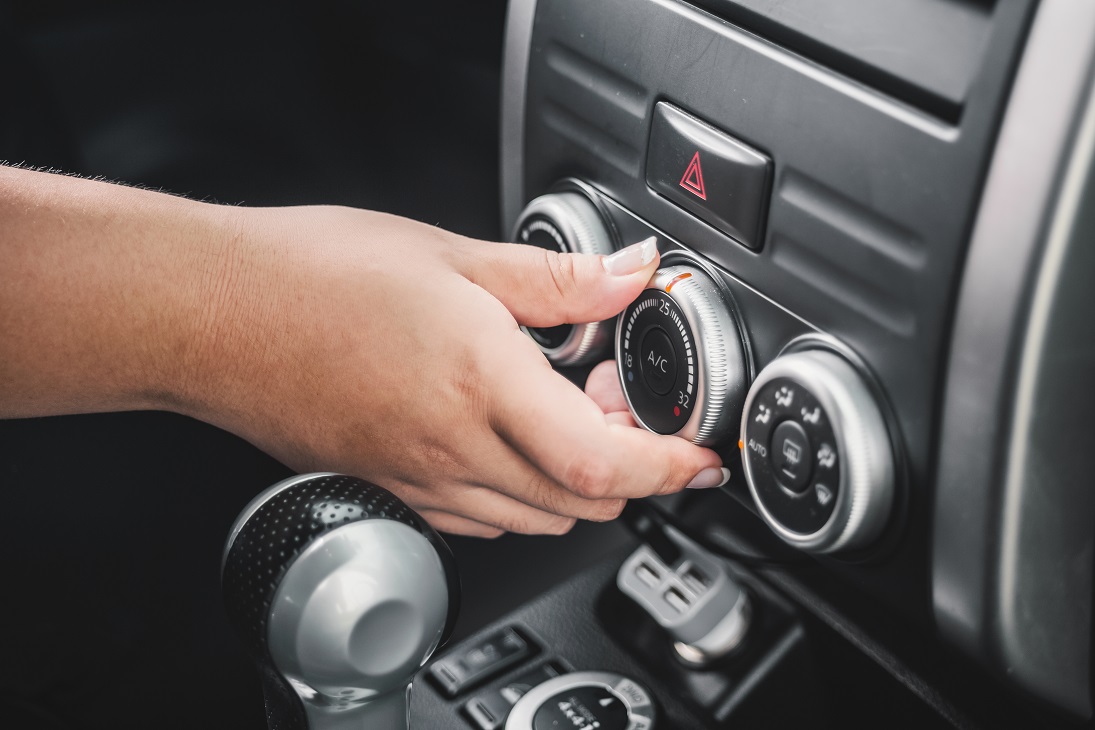Have you ever wondered why your car AC is not performing at its optimum? There could be several reasons for it but not vacuuming your AC system is generally the reason to blame. That’s because when the air conditioning system is continuously exposed to the atmosphere, air, humidity, and moisture might get accumulated in the system and affect its performance. And if the AC system keeps working in this condition even for a few minutes, it may lead to severe problems.
So, if you haven’t vacuumed the AC system of your car, it’s time to get it done. When done right, vacuuming guarantees optimal performance as it enables you to remove any moisture and air from the system. The next important thing is how do you do the AC vacuuming? You can do it with a pump and without a pump as well. This article takes a deeper look into how to vacuum your AC system without pump so here are a few helpful hints.
How to Vacuum Your Car's Air Conditioning System Without a Pump
Ideally, refrigeration systems work at their optimum only with the oil and refrigerant flowing within them. Any foreign that enters the system is a contaminant and needs to be removed in order to restore the performance efficiency. Be its particulate matter, air, moisture, oxides, or debris, it must be appropriately removed to prevent freezing of your system and optimal performance.
Although a vacuum pump is considered the best solution for evacuation of contaminants, it’s not the only one. You can install access valves on low and high pressures sides of your system as an alternative.
Follow these steps to successfully vacuum your AC without a pump.
1. Depress the Access Valve of the AC System
The first step is to verify if the compressor and low and high-pressure valves are installed in place. Once you are sure everything is where it’s supposed to be, depress the high-pressure side access valve on your AC system. Keep a close eye on the low-side pressure valve during the process. When the higher side pressure hits the lowest point, it's time to close the high-pressure access valve. Without any delays, switch off your compressor. You have correctly depressed the access valve in order to vacuum effectively. The process is quite simple and takes no longer than five minutes.
2. Charge the Low-Pressure Side Carefully
After you have completed the access valve depressing process effectively, here is how to proceed. What you have to do is to charge the lower pressure side of the AC system to 14 psi. You should carefully monitor both low and high-pressure sides to ensure both sides equalize. It's best to observe both sides for at least three minutes. If you see any difference between the two sides, repeat steps one and two until the pressure equalizes.
3. Depress the High-Pressure Side Access Valve Again
Once you have achieved equal pressure on both sides, switch on your compressor again. Just the way you did in step one, depress the high-pressure access valve again. The only difference is that previously, you monitored the high side more carefully. In this step, pay attention to the low-side access valve. As it hits the lowest possible point, closed the access valve on the high side. When the valve is found to be completely closed, switch the compressor to complete step three.
4. Repeat Steps 2 and 3
For a successful evacuation, you have to repeat steps two and three. Like the second step, charge the low-pressure side to about 14 psi. Stop and keep an eye on the pressure on both sides for about three minutes till they equalize. Now, switch on your compressor and proceed by depressing the high-pressure access valve. By paying close attention, you will observe that the low-side pressure is not going as low as it was going in the previous steps. This is caused by the absorption and steady release of the refrigerant chemical in the compressor oil.
Meanwhile, if you see that the high-pressure side valve is not releasing any gas, shut it off. Your AC system is successfully free of any moisture and air previously trapped in it.
5. Charge The AC System With Refrigerant
In many cases, the performance efficiency of your AC system is affected by the difference in refrigerant levels. Firstly, you need the right amount of required refrigerant for your system by consulting the instruction manual or the appliance owner’s manual. Now charge your system with refrigerant according to the required amount and turn off the compressor. The system is ready to be used. to go. Depending on the type of AC system you are working on, you may need to make some adjustments in the given process.
Final Words
We believe your search for “how to evacuate car ac system without a pump” is over with this easy and useful guide. Know that regular maintenance of your AC system is paramount to enjoying its best performance for several years. While a vacuum pump offers an easy way out, you can accomplish the vacuum of your AC system without it too. In case you are too busy to do it on your own or find it difficult, you should hire an experienced professional. Check the business listings on Topspot 101 to find the best service providers near you. Finding a reliable professional has never easier before.

